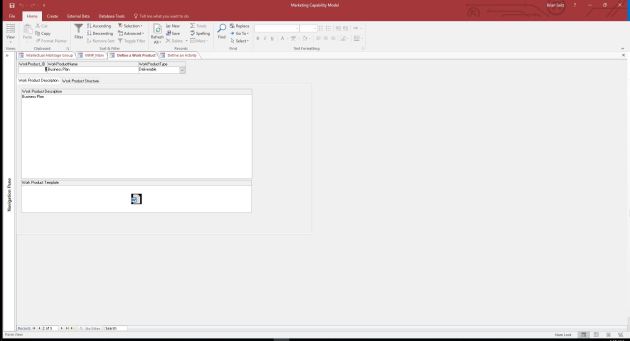One of the serious concerns I have about the recent campaigns by providers of cloud technology is that it distracts enterprises from the important matters at hand. Many organizations are in the mist of migrating to the latest versions of products and out comes another one. As such they have not gotten the ROI anticipated from last year’s investment decisions and now, executives are being told they need to abandon the current capital investments in favor of moving to the cloud.
While the benefits of the cloud can be substantial, just ask any MBA what switching CAPEX to OPEX can do for the bottom line. Being distracted from the primary line of business activities while the organization migrates could and most likely will set them up for long term failure.
One of the issues I speak of is the continued erosion of line of business ownership/ stewardship of information. While the information may be a corporate asset, it’s the line of business owner that is the steward for a segment of that asset base.
Department after department I survey seems to be abdicating ownership and stewardship of the information to I.T. departments. The thought process can go; “They are the experts so let them handled it after all they’re called Information Technology” or “I don’t have time to manage all this information let the I.T. department store it someplace and get it for me when I need it, that is their job right?” or “I’ll let the I.T. group deal with it and if it’s a mess it’s their problem not mine”
This sounds rather anti-I.T. and I assure you I’m not. Some of my best friends are in I.T., the joke goes. In reality I’ve spent a significant part of my career bouncing between line of business and I.T. groups. One of my last stints in an I.T. group was as the Chief Enterprise Architect. Before the jokes come out about slide-ware, rubber meets the sky and all; I’ve several years coding and delivering enterprise products for some major vendors before being asked to take a role with a wider view. That said.
Asking I.T. departments to know and understand how to manage your information is a mistake. I separate the idea of data and information. I.T. can manage data and manage it very well and create robust code. For these people to manage your information they have to know your job, know what you know about the information and how to use it, when to use it and when it’s no longer of value. This is the reason there are so few applications any more and more utilities and tools. Word, Excel, etc. while called applications are really tools. These pieces of code don’t do anything until an Information Worker adds data, structure and process around each to accomplish a task (e.g., EXCEL does magically balance a departmental budget until a manager adds the data and rules (formula) to do so.
This true on a grander scale when you look at all the spreadsheets, word documents, etc. in an enterprise. These are encoded pieces of information that have a life within the organization. The I.T. department can create the roadways for that information to move around, rest stops to hold it, but only the line of business can tell you what its used for, why, how it’s used, and when it can be deposed of.
Our desktops have become littered with files, so have shared drives, because we’ve failed to manage our information. I.T. has created tools which enable us to create more mountains of files, John Mancini’s digital landfill or my InfoGlut. The Cloud promises more space and less futzing with technology, but enabling use to pollute yet more digital environments and at what price to the organization. The question I’m asking myself is are we solving the wrong problem or just the easy one for now?



